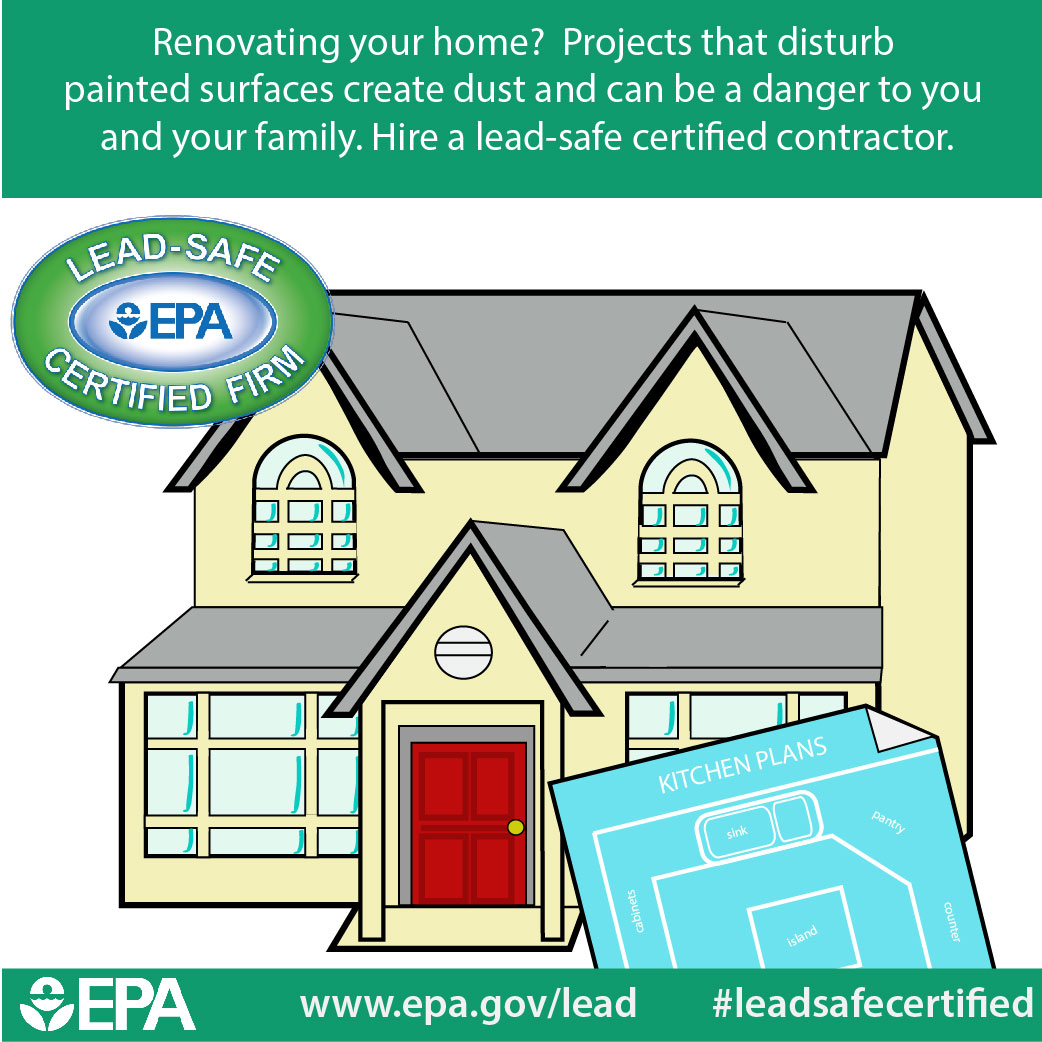Variables To Consider For Industrial Outside Painting By Period: Important Details You Must Have
Variables To Consider For Industrial Outside Painting By Period: Important Details You Must Have
Blog Article
Read the Full Write-up -Burnham Urquhart
When you're planning an industrial outside paint project, seasonal variables can make or damage your outcomes. You'll intend to take into consideration just how temperature and moisture influence paint application and drying times. Selecting the ideal season can guarantee your paint adheres appropriately and lasts much longer. But which straight line are genuinely the best for this sort of work? Allow's check out the crucial elements that can impact your job's success.
The Impact of Temperature Level on Paint Application
When you're intending a business outside painting task, the temperature can considerably affect exactly how well the paint adheres and dries out.
Ideally, you intend to repaint when temperatures range in between 50 ° F and 85 ° F. If it's as well cool, the paint might not treat properly, resulting in concerns like peeling or cracking.
On the other side, if it's also hot, the paint can dry also swiftly, preventing appropriate bond and causing an uneven surface.
You need to additionally consider the moment of day; early morning or late afternoon provides cooler temperature levels, which can be a lot more favorable.
Always examine the manufacturer's recommendations for the particular paint you're using, as they commonly give guidance on the perfect temperature level variety for optimum results.
Moisture and Its Impact on Drying Times
Temperature isn't the only ecological element that affects your business external painting job; moisture plays a significant role also. High humidity degrees can slow down drying times dramatically, impacting the overall high quality of your paint job.
When the air is saturated with moisture, the paint takes longer to heal, which can result in issues like poor attachment and a greater threat of mold development. If look at these guys on an especially damp day, be planned for prolonged wait times between coats.
It's vital to keep an eye on neighborhood weather conditions and strategy appropriately. Preferably, aim for moisture degrees between 40% and 70% for optimal drying.
Maintaining these consider mind guarantees your project remains on track and provides an enduring finish.
Best Seasons for Commercial Exterior Painting Projects
What's the best time of year for your business outside paint projects?
Springtime and very early autumn are generally your best choices. Throughout these seasons, temperatures are moderate, and moisture degrees are often lower, producing ideal problems for paint application and drying.
Stay clear of summer's intense heat, which can trigger paint to completely dry as well rapidly, bring about inadequate adhesion and finish. Likewise, winter months's chilly temperature levels can hinder correct drying out and curing, taking the chance of the longevity of your paint job.
Aim for days with temperature levels between 50 ° F and 85 ° F for ideal results. Keep in mind to inspect the neighborhood weather forecast for rainfall, as wet problems can wreck your task.
Preparation around these aspects guarantees your paint job runs smoothly and lasts much longer.
Conclusion
In conclusion, preparing your commercial outside painting projects around seasonal factors to consider can make a considerable difference in the end result. By organizing work during the perfect temperatures and moisture levels, you'll ensure much better bond and drying out times. Keep in mind to keep an eye on regional weather prediction and select the correct time of year-- spring and very early fall are your best options. Taking these actions will certainly help you achieve a resilient and professional finish that lasts.
